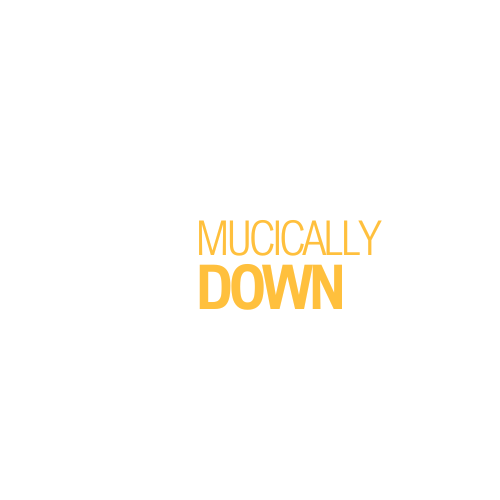The pulsating beats of house music aren’t its only captivating feature. The album covers, often overlooked, play a crucial role in the overall experience. They’re not just decorative elements; they’re visual storytellers that set the tone and atmosphere for the auditory journey.
From minimalist designs to bold, vibrant graphics, house music album covers have evolved into an art form in their own right. They’ve become a canvas for artists to express their creativity, mirroring the genre’s eclectic spirit. Let’s take a closer look at these artistic masterpieces that perfectly encapsulate the rhythm and vibe of house music.
House Music Album Covers
 Building upon the previous exploration of house music covers as visual narrators, we now delve into the evolutionary journey of these artistic expressions. Throughout the decades, these covers have transformed in sync with shifts in the genre, technology, and artistic trends, telling a rich tale of changing times.
Building upon the previous exploration of house music covers as visual narrators, we now delve into the evolutionary journey of these artistic expressions. Throughout the decades, these covers have transformed in sync with shifts in the genre, technology, and artistic trends, telling a rich tale of changing times.
Diving back to the roots, house music album covers experienced their genesis in the vibrant and rebellious spirit of the 80s. This decade, marked by a bubbling cultural renaissance, saw album covers extending beyond mere adornment, becoming vital cogs in the musical narrative.
Album designs leaned towards bold typographies and audacious colors, mirroring the energy and innovation characteristic of house music. Infamous covers like Frankie Knuckles’ ‘Your Love’ epitomize this, emphasizing the blend of urban realism and escapism prevalent in the genre.
The tides of change swept through the 90s and early 2000s, ushering in the digital era. House music album covers, in step with these shifts, started experimenting with digital art and CGI, creating a fusion of futuristic and abstract designs.
Modern Trends in Cover Art
 In recent years, house music album covers have continued their evolution, merging modern aesthetics with nods to their rich history. The styles range from minimalist to intricate designs and everything in between, creating a canvas as diverse as the genre itself.
In recent years, house music album covers have continued their evolution, merging modern aesthetics with nods to their rich history. The styles range from minimalist to intricate designs and everything in between, creating a canvas as diverse as the genre itself.
Modern trends favor the blend of physical and digital art, amalgamating traditional elements with digital effects. Take, for example, Andy Stott’s ‘Leaving’ album. The abstract illustration, melded with vivid synergetic colors, showcases the resurgence of hand-drawn elements, ingeniously fused with digital rendering to capture the ebb and flow of modern-day house music.
Artistic Elements in House Music Album Covers
Transitioning from historical beginnings to modern expressions, let’s delve into the artistic elements found in house music album covers.
A significant part of the visual language of house music album covers includes the deliberate use of color and typography. Bright, bold colors often cover these albums, portraying the vibrant and energetic personality of house music. For example, Derrick May’s ‘Strings of Life’ employs a vivid color palette that mirrors the high-energy beats.
Distinct typography, too, plays a crucial role, often reflecting the dynamism of house music. Larry Heard’s ‘Sceneries Not Songs’ employs expressive, handwritten fonts that enhance the album’s individual character. Contrarily, ‘French Kiss’ by Lil Louis utilizes minimalistic typography, emitting a sense of sophistication, capturing attention amidst the sea of bold colors.
Equally as integral in the art of house music album covers is the use of iconic imagery and symbolism. Album cover designers frequently utilize symbols relevant to either the artist’s persona or the music’s themes. Daft Punk’s ‘Homework,’ for instance, uses a simple image of a sequencer amidst a dark expanse, symbolizing the duo’s technological approach to house music.
Impact of Album Covers on Music Marketing
 Album covers, especially for house music, aren’t merely aesthetic attachments. They’re strategic, marketing tools that wield tangible influence in the music industry.
Album covers, especially for house music, aren’t merely aesthetic attachments. They’re strategic, marketing tools that wield tangible influence in the music industry.
Album covers contribute significantly to listener perception, forming or altering preconceived notions about the music itself. When a potential listener encounters an album cover, their mind generates expectations for the music’s sound based on the visual cues present. For example, darker, minimalistic covers may evoke a sense of underground, raw house music. On the contrary, a brightly colored, digitally designed cover suggets upbeat and adventurous tunes. Remember how Deadmau5’s dynamic, cartoonish cover for ‘4×4=12’ pathways for energetic electro house expectations? Likewise, the impact of Moodymann’s intriguing minimalist cover for ‘Black Mahogani’ creates an atmosphere for deep and complex tunes before the first beat drops.

